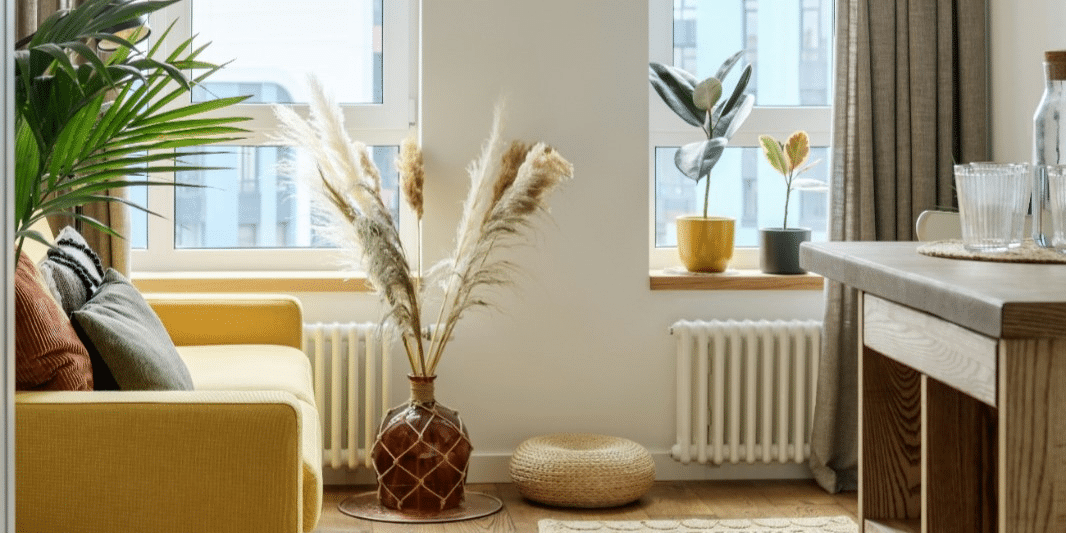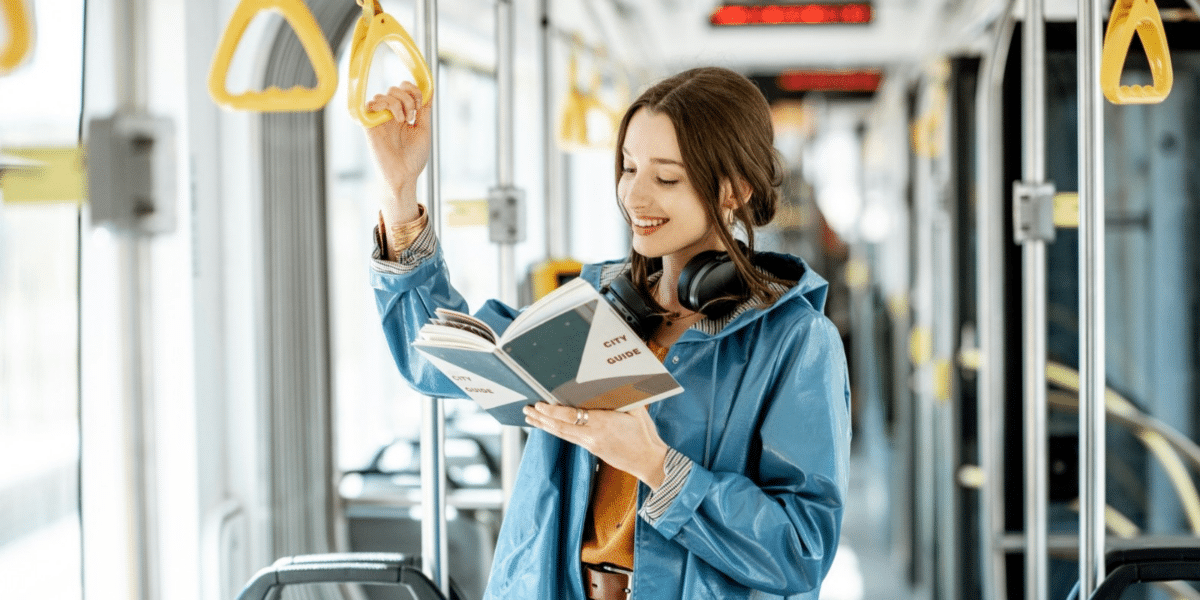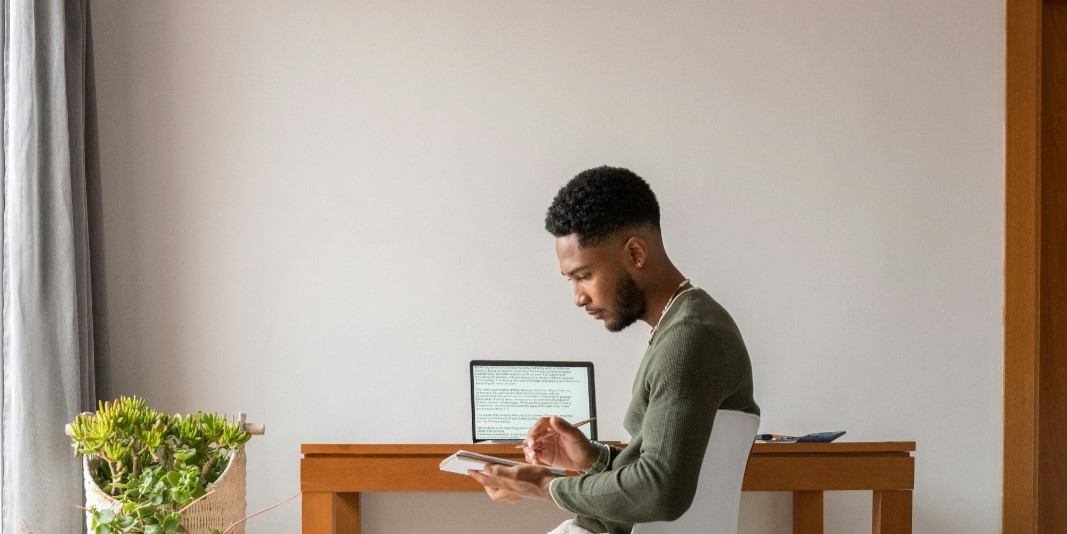The Rise of Minimalist Interior Design: A Look at Its Journey to Prominence
In recent years, minimalist interior design has surged in popularity, captivating homeowners, designers, and lifestyle enthusiasts around the world. Characterized by clean lines, uncluttered spaces, and a focus on simplicity, minimalist design offers a refreshing alternative to the cluttered and chaotic environments of modern life. In this article, we’ll explore how minimalist interior design rose to prominence and why it continues to resonate with people seeking tranquility and balance in their homes.
Embracing Simplicity in a Complex World
At its core, minimalist interior design is about embracing simplicity and decluttering your living space to create a sense of calm and serenity. In a world filled with distractions and excess, minimalist design offers a refuge from the chaos, allowing homeowners to focus on what truly matters and eliminate unnecessary distractions. By paring down their belongings and streamlining their surroundings, people can create a more peaceful and harmonious environment that promotes relaxation and well-being.
Influences from Eastern Philosophy and Aesthetics
The roots of minimalist interior design can be traced back to Eastern philosophy and aesthetics, particularly the principles of Zen Buddhism and traditional Japanese design. These traditions emphasize the importance of simplicity, mindfulness, and harmony in creating tranquil living spaces that promote a sense of balance and inner peace. Minimalist design draws inspiration from these principles, incorporating elements such as natural materials, neutral colors, and open floor plans to evoke a sense of simplicity and tranquility.
Reacting Against Consumerism and Materialism
The rise of minimalist interior design can also be seen as a reaction against consumerism and materialism, which have become pervasive in modern society. In a culture that values possessions and status symbols, minimalist design offers a counterpoint, encouraging people to prioritize experiences over things and focus on what truly brings them joy and fulfillment. By decluttering their homes and simplifying their lives, people can break free from the cycle of consumption and find greater contentment in the present moment.
Practical Benefits and Functional Design
In addition to its aesthetic appeal, minimalist interior design offers practical benefits and functional advantages for homeowners. By eliminating excess furniture, decor, and clutter, minimalist spaces feel more spacious and open, maximizing natural light and airflow. This creates a more comfortable and inviting environment for living, working, and entertaining. Minimalist design also promotes better organization and efficiency, making it easier to find and access the things you need without feeling overwhelmed by clutter.
Sustainable and Eco-Friendly Practices
Another aspect of minimalist interior design is its emphasis on sustainability and eco-friendly practices. By choosing durable, high-quality materials and investing in timeless, long-lasting furniture and decor, homeowners can reduce their environmental impact and minimize waste. Minimalist design encourages thoughtful consumption and conscious living, promoting a more sustainable lifestyle that respects the planet and future generations. From energy-efficient appliances to repurposed and recycled materials, there are many ways to incorporate sustainability into minimalist interiors.
Versatility and Timelessness
One of the key strengths of minimalist interior design is its versatility and timelessness. Whether you prefer a modern, Scandinavian-inspired aesthetic or a more traditional, Japanese-inspired look, minimalist design can be adapted to suit a wide range of tastes and preferences. Its clean lines, neutral color palette, and emphasis on simplicity make it a timeless and enduring style that never goes out of fashion. Minimalist interiors also provide a blank canvas for personalization, allowing homeowners to add their own touches of creativity and individuality.
Cultivating a Mindful Lifestyle
Beyond its aesthetic appeal and practical benefits, minimalist interior design is also about cultivating a mindful lifestyle and fostering a deeper connection to the present moment. By simplifying your surroundings and removing distractions, you can create space for mindfulness and self-reflection, allowing you to fully appreciate the beauty and simplicity of everyday life. Minimalist design encourages mindfulness in all aspects of daily living, from cooking and cleaning to work and leisure activities, helping you live more intentionally and authentically.
In conclusion, minimalist interior design has risen to prominence as a simple yet powerful approach to creating tranquil and harmonious living spaces. Drawing inspiration from Eastern philosophy, minimalist design emphasizes simplicity, mindfulness, and sustainability, offering a respite from the clutter and chaos of modern life. By embracing minimalism in their homes, people can create environments that promote relaxation, creativity, and well-being, allowing them to live more fully and authentically in the present moment. Whether you’re looking to simplify your surroundings, reduce your environmental impact, or cultivate a more mindful lifestyle, minimalist interior design offers a path to greater simplicity, serenity, and balance in your home and life.










